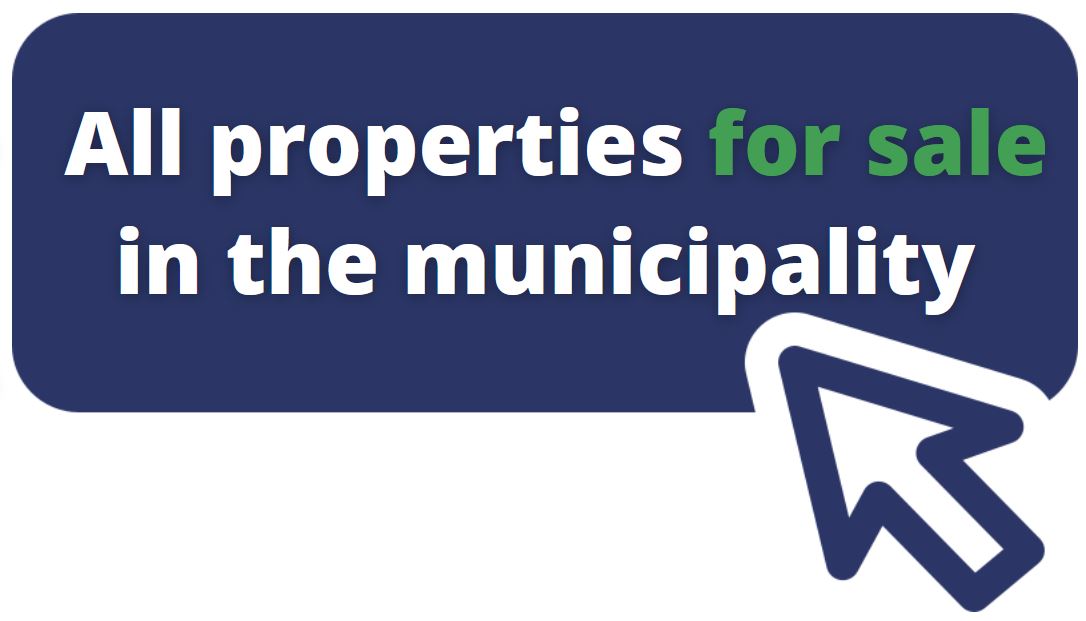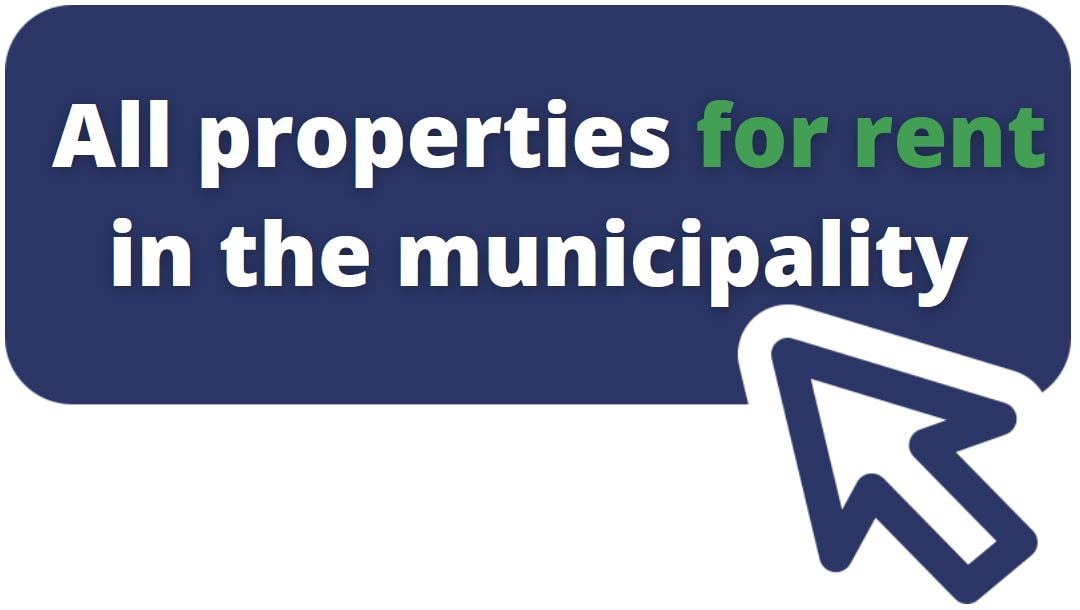.jpg)
Focus on the Municipality of Steinsel
Though located less than 10 km north of Luxembourg City, and accessible via the A7 and RN7, Steinsel is an oasis of greenery. The municipality has kept a “human size”, with 5,500 inhabitants spread over the main town (Steinsel) and two villages (Heisdorf to the east and Mullendorf to the north).
Offering all the necessary local services (shops, schools, sports facilities), it will logically attract families looking for a property and a bucolic lifestyle.
Moving to Steinsel
The small municipality of Steinsel offers all the services of a large one, and its infrastructures guarantee families an easy day-to-day life.
School and cultural facilities within reach
Served by the train (the station is located in Heisdorf) and the bus network of the Luxembourg agglomeration, the municipality has an exemplary educational offer. For cycle 1, the Robert Krieps school is located in Heisdorf and for cycles 2, 3 and 4, three other schools can be found in Steinsel (Willy Goergen, Michel Rodange and Sepp Hansen). An art gallery, two cultural centres (one of which is housed in a former Templar residence) and a youth centre provide all generations with the opportunity to take part in all kinds of creative activities. The rich Roman remains (accessible via a thematic trail), the recently restored Heisdorf Castle and the neo-Gothic church in Steinsel are also interesting heritage sites.
Sports and nature activities guaranteed
The municipality also offers numerous playgrounds, a gymnasium, a sports complex and two bike paths in the main town and villages. Yet, Steinsel's facilities for hikers are by far the most impressive. For two-wheelers, the 31 km long Alzette cycle path (PC15) crosses the municipality with the possibility of joining the centre circuit (PC1) and the Sûre Moyenne trail. For walkers, various thematic paths are available. For example, one is dedicated to the generous Grünewald forest, others to archaeological sites (with, in particular, the remains of a vast Roman sanctuary uncovered after the Second World War), and several more to elements of the commune's heritage and history. No excuse to stay glued to the TV...
The History of the Municipality of Steinsel
As all the Grand Duchy, the municipality is experiencing continuous demographic growth. But the figures remain reasonable: 5,541 inhabitants on 1st January 2022 (2,500 in the town of Steinsel, around 1,900 in Heisdorfet and 1,200 in Mullendorf). The 4,500 inhabitants mark was passed in 2005, which means that the trend is sustainable...
However, we are far from the ancient origins, when in the Roman era a temple was built in the 1st century AD, on a wooded hill overlooking the current village. This place of worship and pilgrimage was abandoned in the 5th century during the Germanic invasions and the rise of Christianity.
In the village itself, the foundations of Roman dwellings and baths have been discovered.
As if to echo this first place of worship, the parish of Steinsel was the heart of a vast territory in the Middle Ages. However, the activity remained essentially agricultural and, until the Second World War, Steinsel's strawberries, potatoes and beans were renowned throughout the Grand Duchy.
In Mullendorf, the milling activity was notable, and a mill complex was in operation until 1976.
Finally, in Heisdorf, the castle, which was occupied by Jean de Beck, marshal of the armies of Emperor Ferdinand II, and which has now been renovated, was the economic and political centre of the town.
Nowadays, Steinsel has become a residential municipality and has managed to preserve its environment: its landscape remains its number one asset.
Settling in Steinsel while continuing to work in the capital is a more than legitimate choice, as you can then benefit from a new living environment preserved from the inconveniences of a big city.... Come and check it out!


